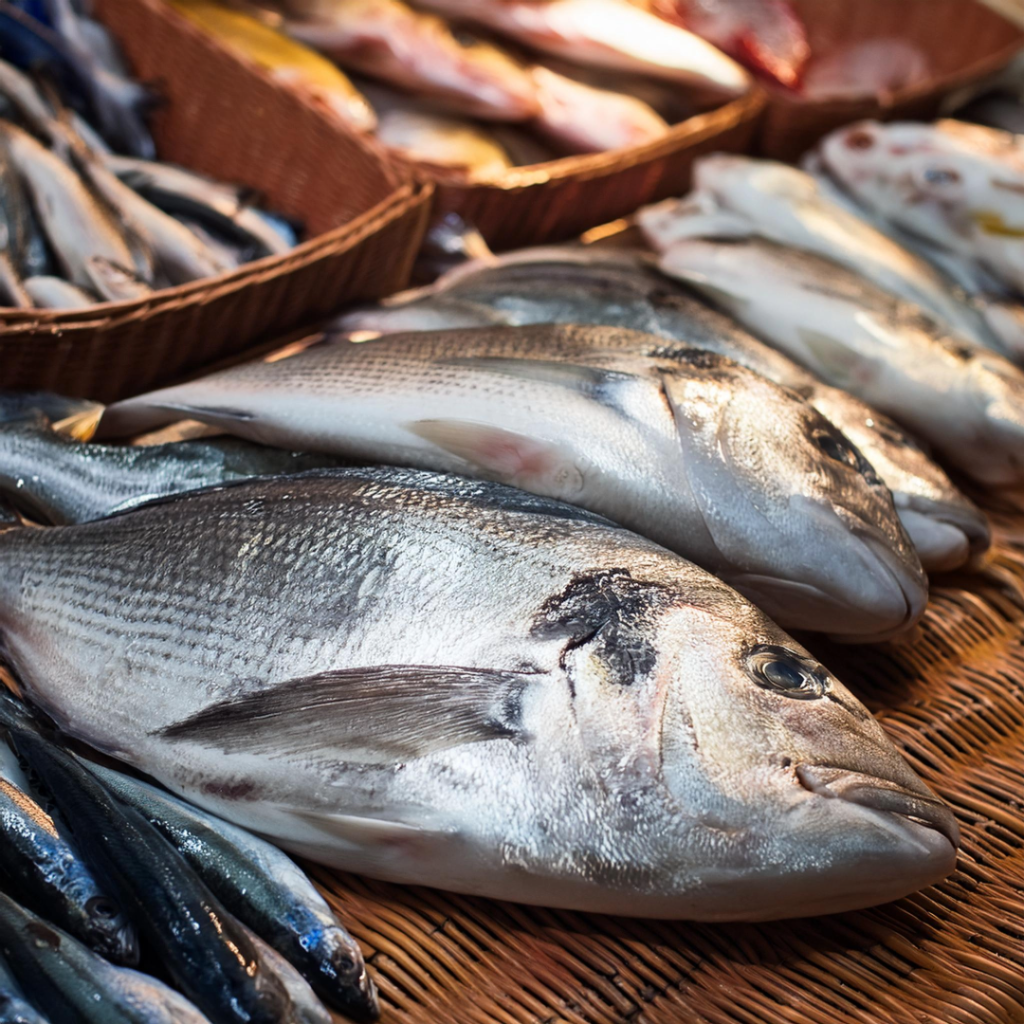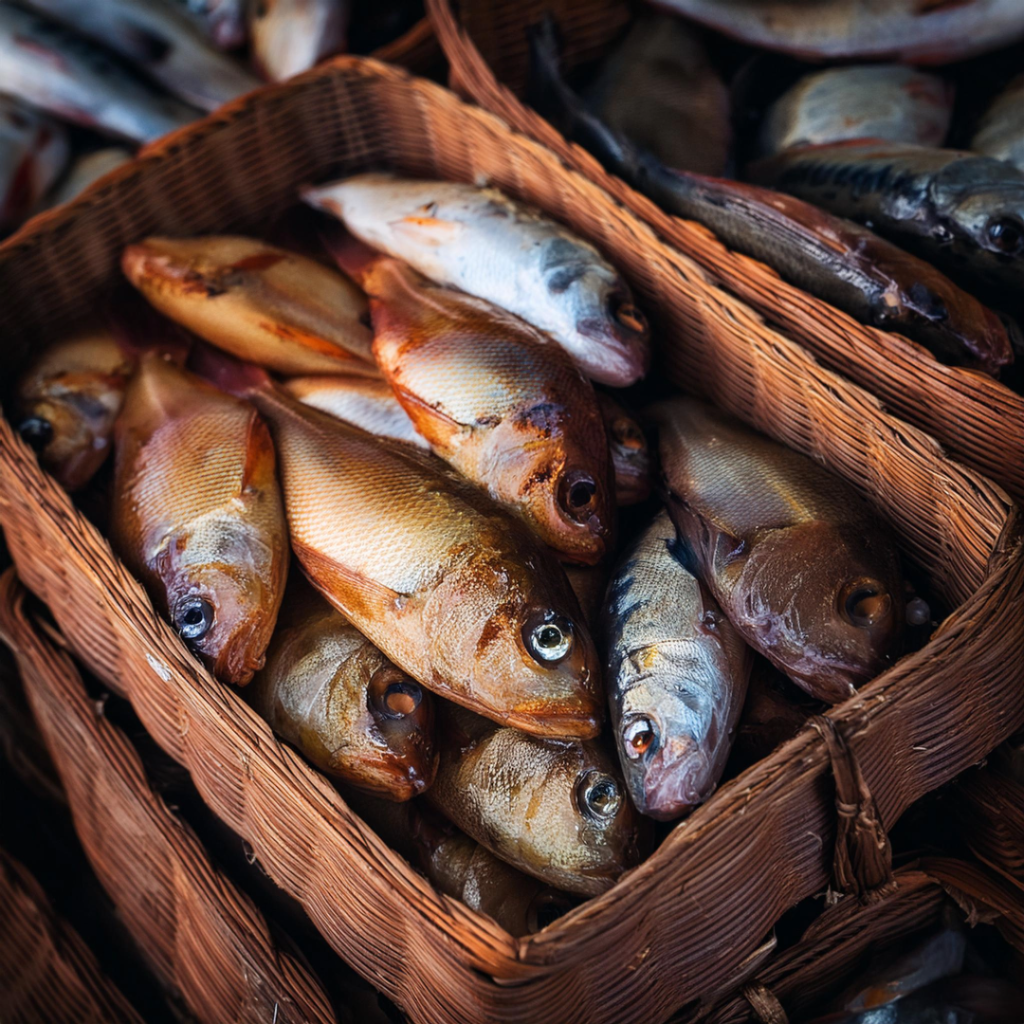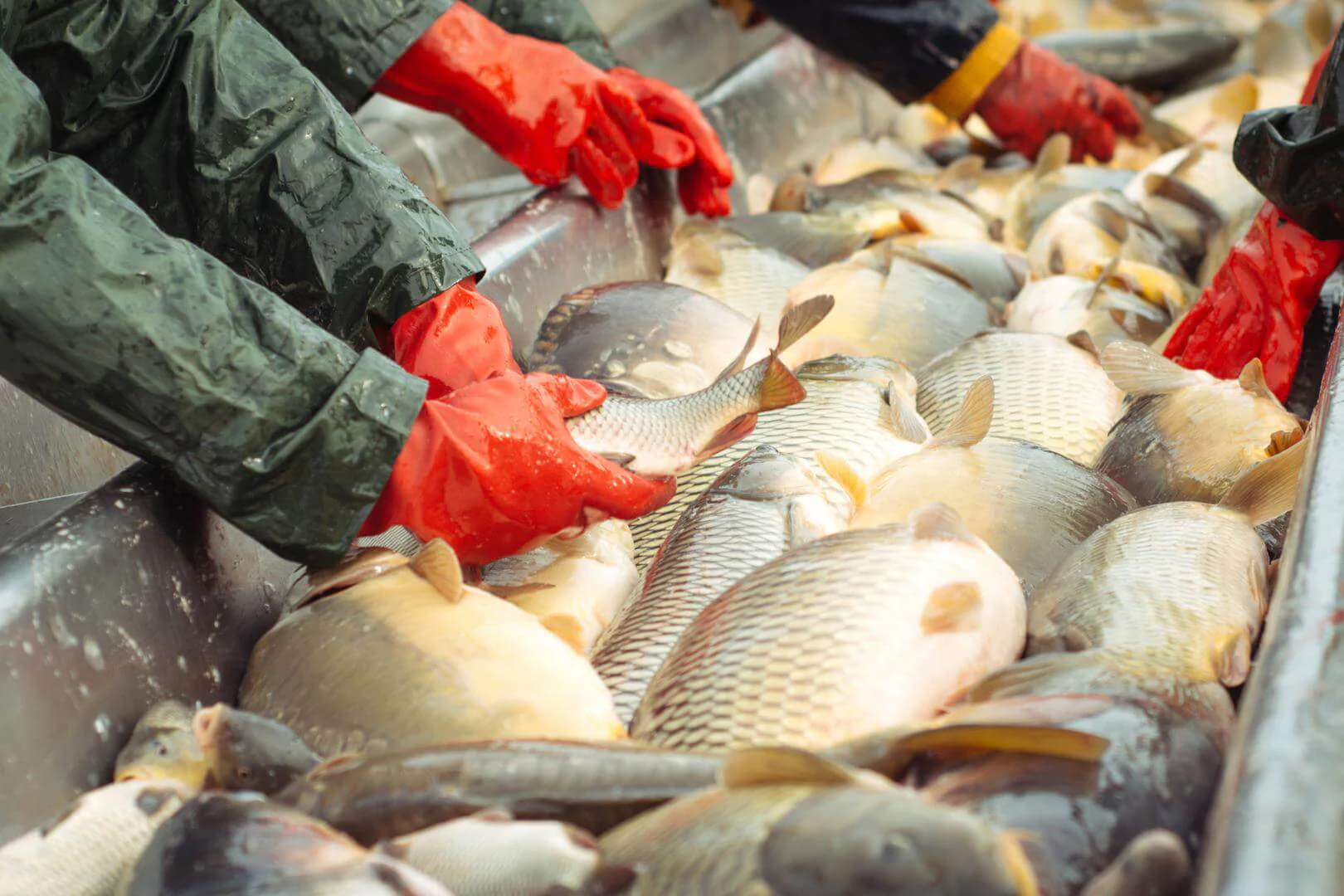
Fish is renowned for its health benefits, being rich in essential nutrients such as protein, vitamin D, and omega-3 fatty acids. However, its perishable nature poses significant challenges in preservation and storage, leading to substantial post-harvest losses. As the global demand for safe and nutritious food increases, innovative preservation methods are crucial. One such method gaining attention is the use of bacteriophages (viruses that infect bacteria), as bio-preservatives. This article explores the potential of phages in enhancing food safety and preservation, particularly for fish.
Bacteriophages as Natural Bio-Preservatives
Bacteriophages are viruses that specifically target bacteria, making them a promising tool in food preservation. Since their discovery in 1915, phages have been utilized across various sectors, including human and veterinary medicine, as well as agriculture. Their ability to selectively infect and lyse bacteria without affecting human, animal, or plant cells offers a unique advantage in food safety.
Phages operate through two primary mechanisms: the lytic pathway, where they cause bacterial cell death and release new viral particles, and the lysogenic pathway, where they integrate their genetic material into the bacterial genome without immediate cell death. For food safety applications, strictly lytic phages are preferable as they directly target harmful bacteria without contributing to resistance, unlike traditional antibiotics and other chemicals.

Advantages of Phages in Food Preservation
Phages present several key advantages as biocontrol agents:
- High Specificity: Phages are highly specific to their bacterial hosts, targeting specific pathogens while leaving beneficial microbiota unaffected. This precision reduces the risk of collateral damage to the food’s natural microbial ecosystem.
- Self-Replication and Self-Limiting: Phages can replicate themselves as long as their target bacteria are present. This property allows for effective control with minimal doses.
- Adaptive Evolution: Phages can evolve alongside bacterial defense mechanisms, ensuring continued effectiveness against evolving bacterial strains.
- Low Toxicity: Composed primarily of nucleic acids and proteins, phages exhibit minimal inherent toxicity, making them a safer alternative to chemical preservatives.
- Cost-Effectiveness: Phages are relatively inexpensive to isolate and propagate. Although developing highly virulent, broad-spectrum phages can be time-consuming, the overall cost remains lower compared to some chemical preservatives.
- Environmental Resilience: Phages can withstand various food processing conditions and have demonstrated a prolonged shelf life, making them suitable for diverse food products.
- Abundance: Phages are naturally occurring and can be isolated from a wide range of raw food products, including beef and chicken.
Current Market and Challenges
Phage-based products are already making strides in the food and feed industries as clean-label alternatives to antibiotics. Companies like Proteon and others have ventured into making a lot of phage products for the aquaculture industry. These products help meet stringent antibiotic restrictions in animal husbandry and align with consumer preferences for natural preservatives. Despite the progress, there remains a significant gap in applying phage technology to preserve highly perishable foods, such as fish.
The challenge of preserving fish with phages is compounded by the rapid spoilage of this product, which necessitates immediate and effective solutions. Although phage products offer a promising approach, their approval and widespread adoption face hurdles, including regulatory challenges and scepticism from traditional industry practices.
The Future of Phage-Based Preservation
The potential of phages to enhance food safety and extend the shelf life of perishable products like fish is considerable. Continued research and development are essential to overcome existing barriers and fully harness the benefits of phage technology. As the food industry seeks innovative and sustainable preservation methods, bacteriophages stand out as a viable solution to improve the safety and longevity of fish and other food products.
Fish remains one of the healthiest food choices globally, but its preservation continues to pose challenges. Leveraging bacteriophages as bio-preservatives represents a forward-looking approach to reducing post-harvest losses and ensuring safe food supply chains. As the technology matures, phages could become an integral part of modern food preservation strategies, offering a safer and more effective alternative to traditional methods



Nice post